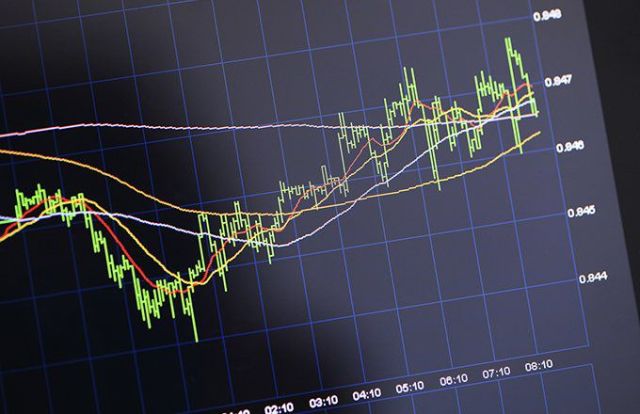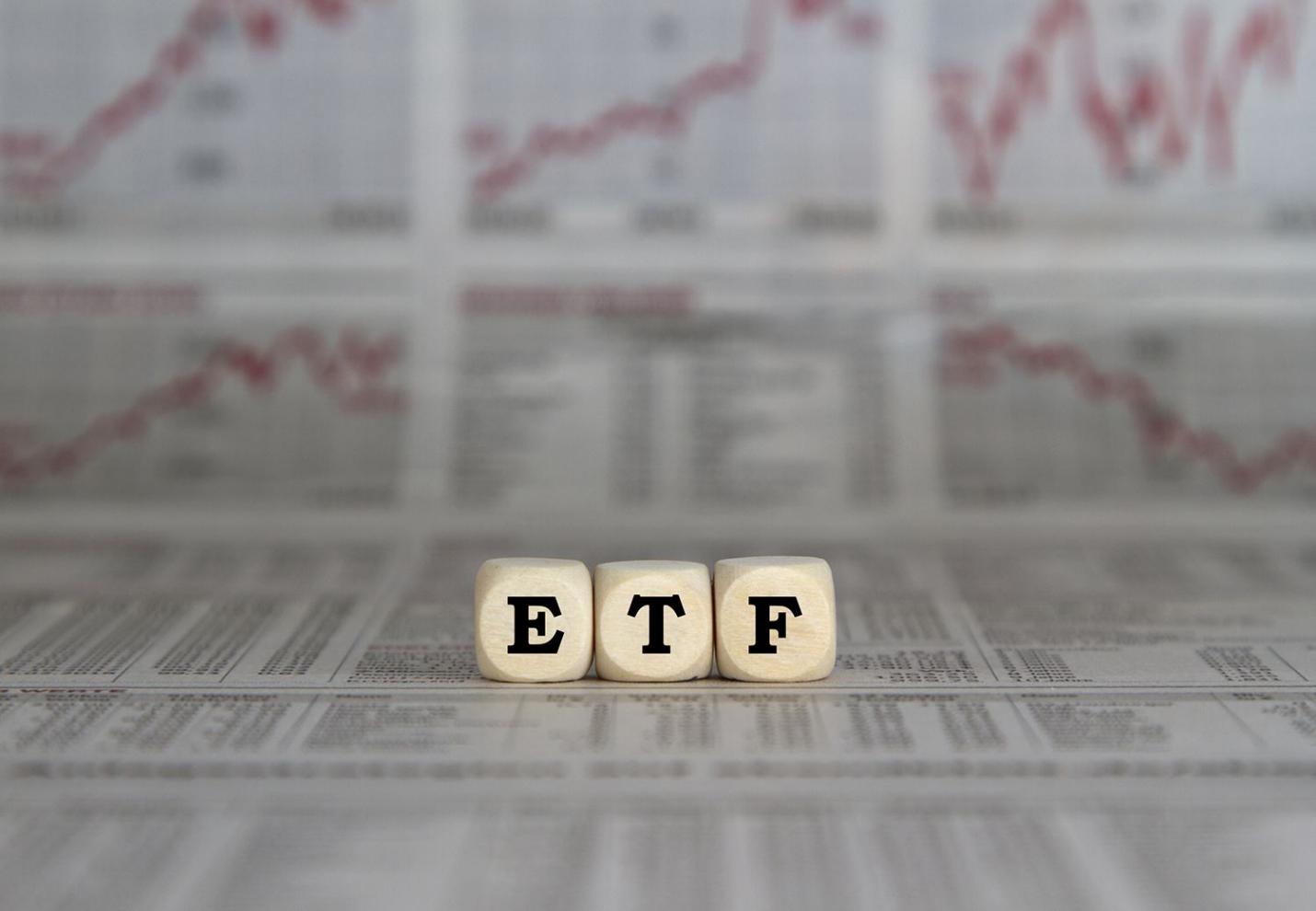Fourth-Quarter 2022's Top Biotech Exchange-Traded Funds
Oct 29, 2023 By Triston Martin
Biotechnology firms develop novel drugs and treatments by harnessing or modifying biological processes. Vertex Pharmaceuticals Inc. and Regeneron Pharmaceuticals Inc. are two of the most well-known biotechnology corporations. The biotechnology industry is a volatile one in which to invest.
It is hazardous and difficult to anticipate which biotech stocks will outperform because of the complexity of the scientific and regulatory difficulties involved in receiving permission from the U.S. Food and Drug Administration.
Buying biotech ETFs is a simple approach to diversifying your portfolio. These funds invest in various biotech firms, providing investors with broad exposure to the sector through a single, straightforward purchase.
iShares Biotechnology ETF

One such fund that seeks to capitalize on the growth of the American biotech industry is the iShares Biotechnology ETF. Most of its investments are in pharmaceutical and healthcare firms working to improve human health.
Assets under management of almost $9 billion set this fund apart as the largest on our list. The fund's liquidity should make it easy for investors to acquire and sell shares. The fund has an expense ratio of 0.455%, or $4.50 for every $1,000 invested. 2
ARK Genomic Revolution ETF
The ARK Genomic Revolution Exchange Traded Vehicle is a globally diversified, actively managed exchange-traded fund. Its scope extends beyond the realm of biotechnology to some degree. Instead, the fund puts its money into companies that "are focused on and are projected to substantially profit from prolonging and increasing the quality of human and other life" through genomics.
This means that the fund is heavily weighted toward healthcare, IT, materials, and energy enterprises. With a total of $5.5 billion in assets, it is one of the most significant funds and has shown solid performance over the previous three years.
However, the active management it requires results in a higher management charge than some of its rivals. The fund's expense ratio is 0.75% or $7.50 for every $1,000 invested. 3
The SPDR S&P Biotechnology ETF
The S&P Biotechnology Select Industry Index is the SPDR S&P Biotech ETF benchmark. Most of the stocks in this index are held by biotech firms engaged in healthcare and pharmaceutical research and development.
We found that this fund, which is passively managed, is the most cost-effective option. The fund charges $3.50 for every $1,000 invested or an expense ratio of 0.35%. Investors may rest easy knowing that the fund has more than $6 billion in assets.
iShares Genomics Immunology and Healthcare ETF
The iShares Genomics target global investments in firms "along the whole value chain of genomics, and healthcare industry." Investors looking for a fund with a worldwide portfolio and a concentration on areas other than healthcare may find this option appealing.
With assets of less than $300 million, the fund is tiny enough that investors may face difficulties purchasing and selling shares due to a lack of market liquidity.
ALPS Medical Breakthroughs ETF
The biotechnology companies that make up the ALPS Medical Breakthroughs ETF are small and medium-sized. The fund only invests in companies with at least one medication in Phase II or III clinical trials. Investors can gain access to companies working toward medication approval.
If this plan works out, the firm's worth might increase substantially. The company and its shares may suffer if the medicine is rejected for approval. This fund makes it simple for investors to construct diversified portfolios of firms testing new products or services, reducing overall portfolio risk and increasing possible returns. T
he fund's expense ratio is 0.50% or $5 for every $1,000 invested. Only $165 million is invested, making it the lowest fund here.
Developments in Past Results

Biotechnology has been a lot of development during the previous five years. In January 2017, the Nasdaq Biotechnology Index was at 2,900; by September of 2021, it had risen to a peak of almost 5,460. The short-term results of biotechnology, however, have been less than stellar. There were a lot of ups and downs in the industry in 2021, and the index went from about 5,500.9 to under 4,600.
What Timeframe Is Ideal For Investing in Biotech ETFs?
One of the most challenging aspects of investing is learning to recognize a good buying opportunity. Investing in ETFs can be risky, as can any other type of investment. You are ready to invest when you can and are prepared to bear that risk and keep your money for a long time.
Conclusion
The attractive yet turbulent biotech business may be accessed through biotech ETFs. Since the advent of the pandemic, biotech has assumed an even greater significance, and the sector has ample room to expand into the future.

Know-how
Discuss Why You Should Get a Home Inspection?
Even if you are purchasing a brand-new house, there are several ways to recoup the cost of doing a home inspection.
Learn More
Know-how
What Kind of Demand Is There for Driverless Cars?
Autonomous vehicles are now being created and tested on public roads in the United States. Along the way, they have been generating a lot of headlines about both their potential and the challenges they provide. It's possible that your present vehicle already has some of the components that may be necessary for future self-driving cars.
Learn More
Investment
Recommended Reading for Beginner Real Estate Investors
It's important to arm oneself with knowledge before diving into the real estate market. Learning about real estate investing on your own time is a smart strategy to avoid getting in over your head.
Learn More
Banking
Charlie Financial Review 2024: Trends, Insights, and Predictions
Discover how Charlie empowers users with innovative budgeting tools, personalized investment guidance, and educational resources for effective personal finance management.
Learn More
Know-how
Boston Mutual Life
Boston Mutual benefits can be as low as $2,500 to $250,000, and the age range is between 0-80.
Learn More
Know-how
What Is a Fixed Exchange Rate
Fixed exchange rate system aims to maintain a currency's value within a relatively limited range. Exporters and importers benefit from increased certainty provided by fixed exchange rates, and the government can better control inflation
Learn More